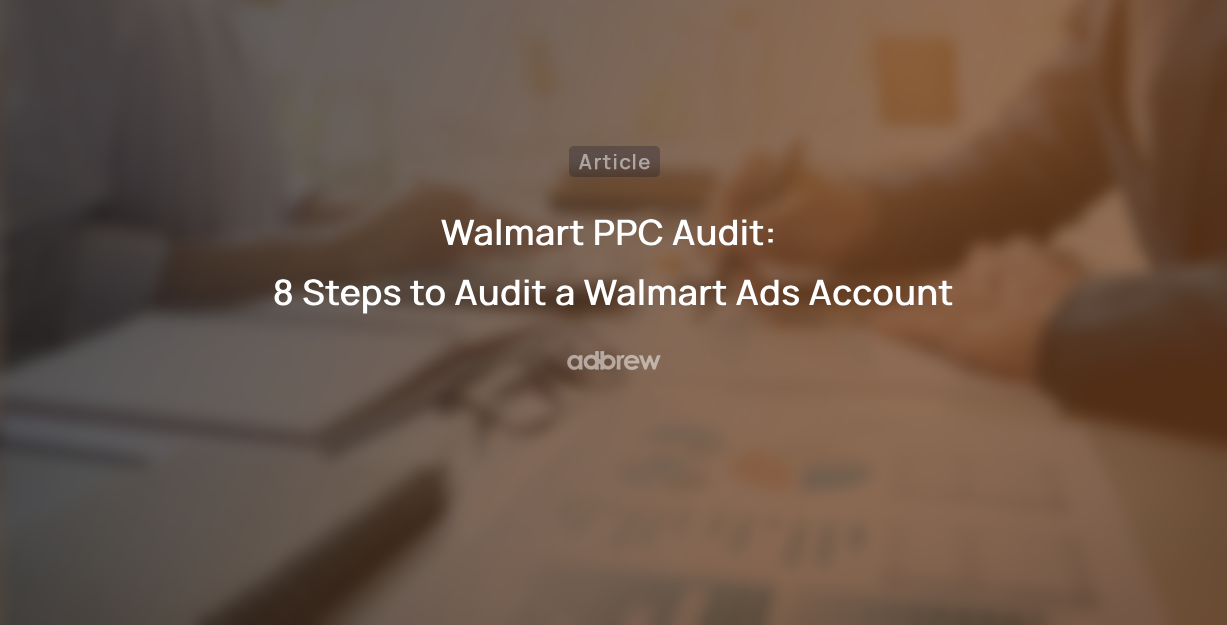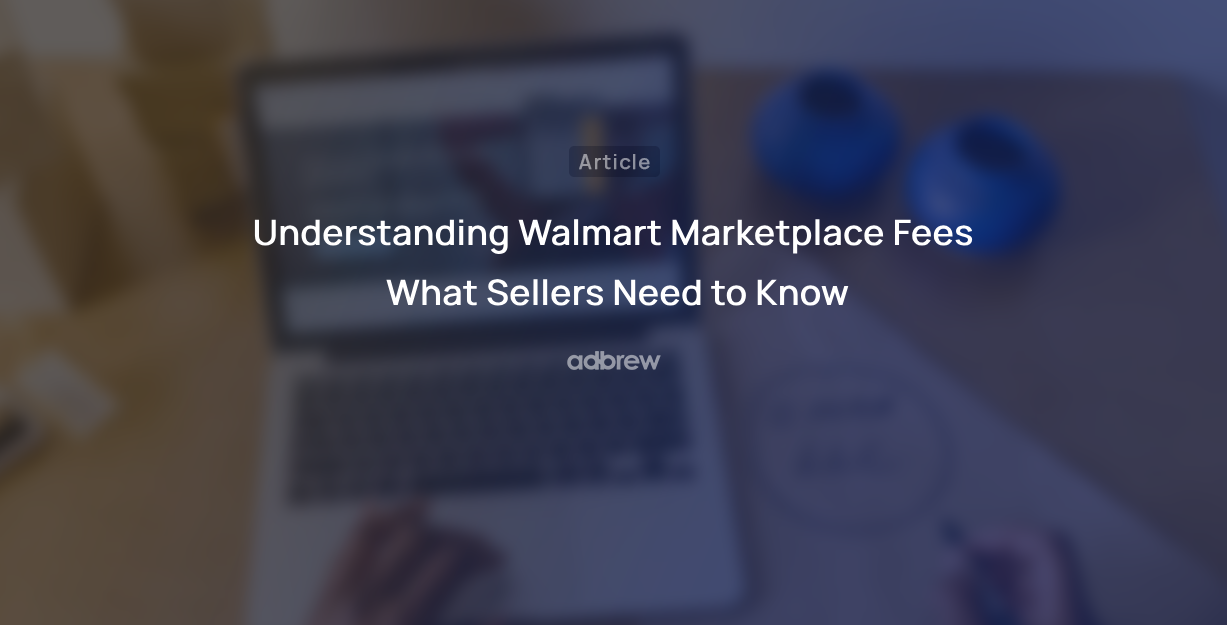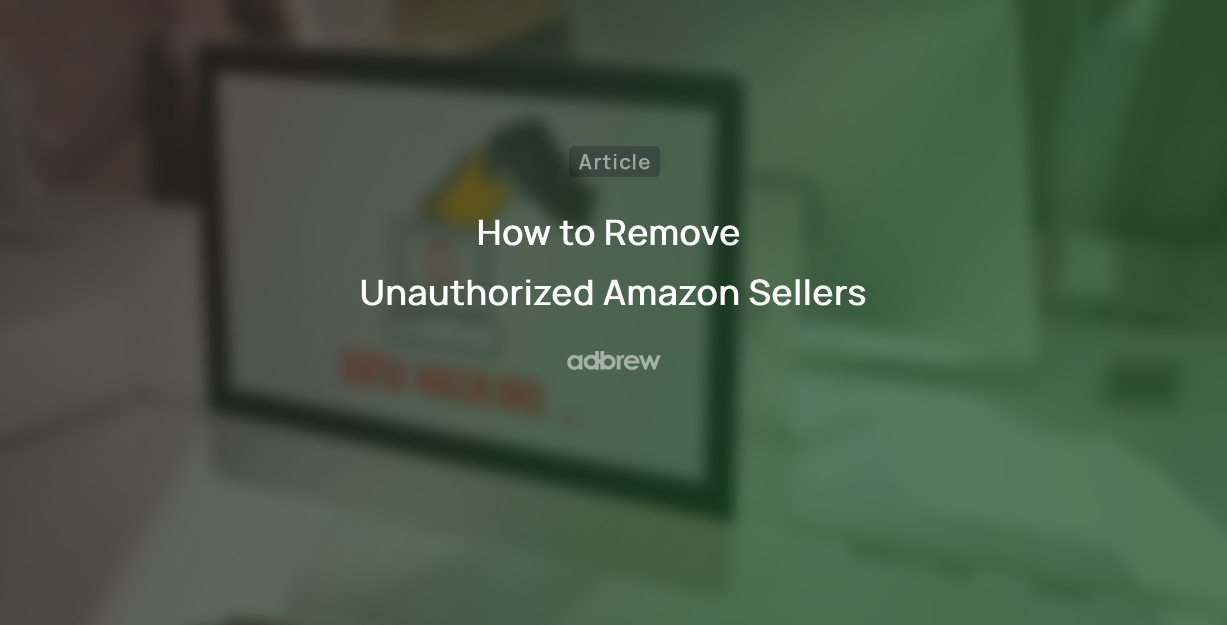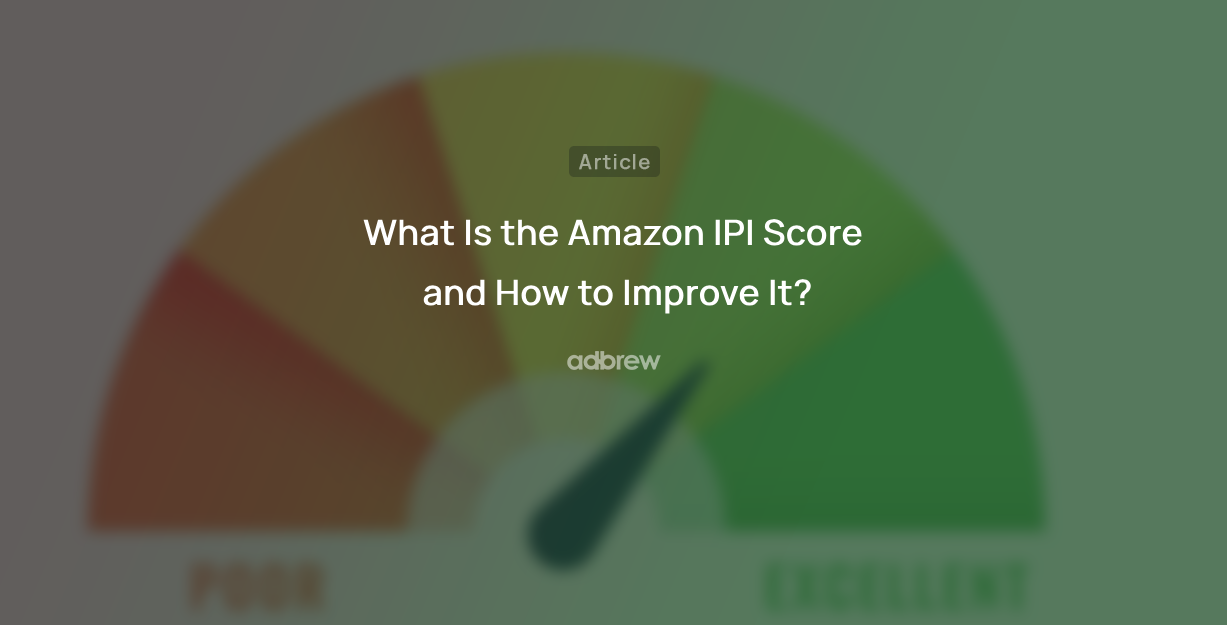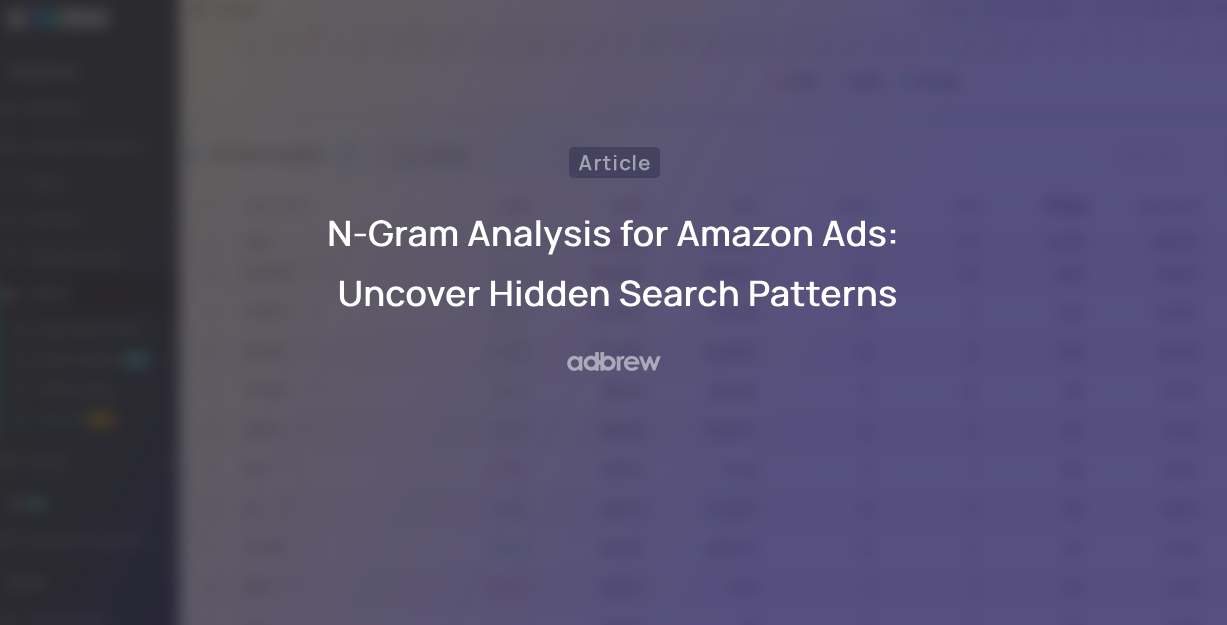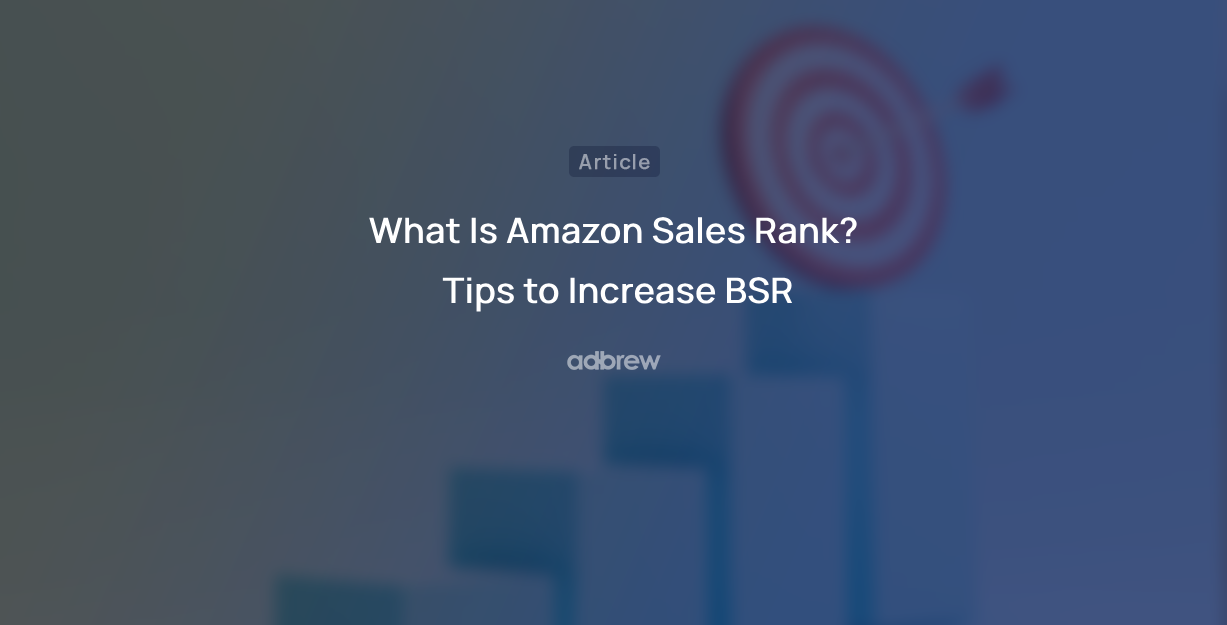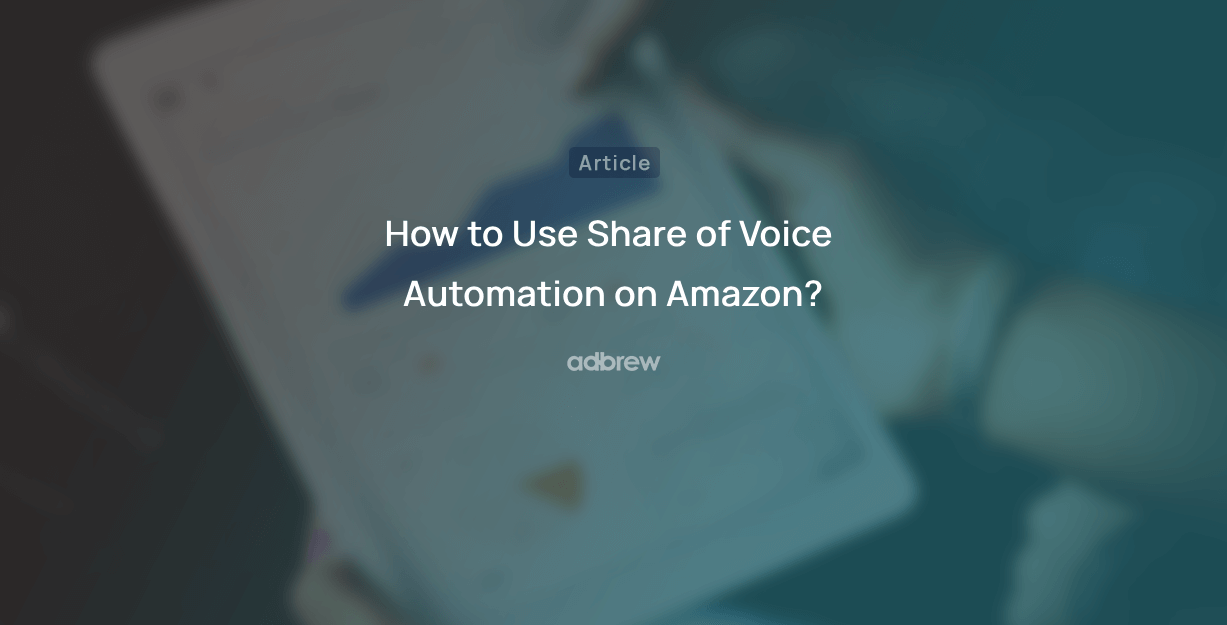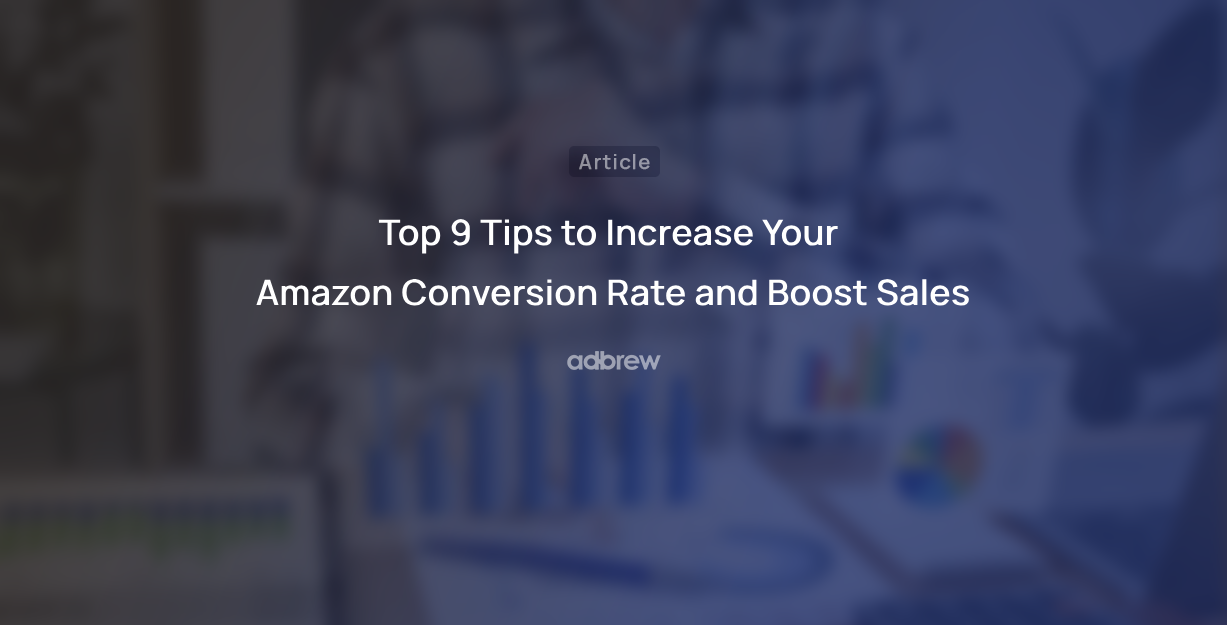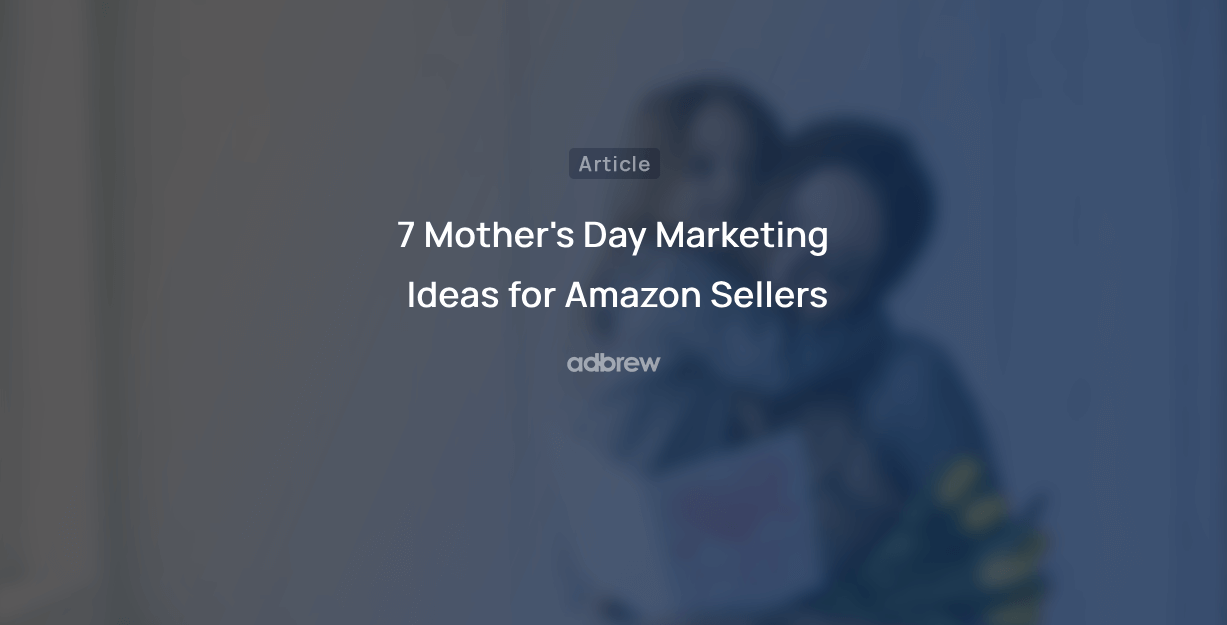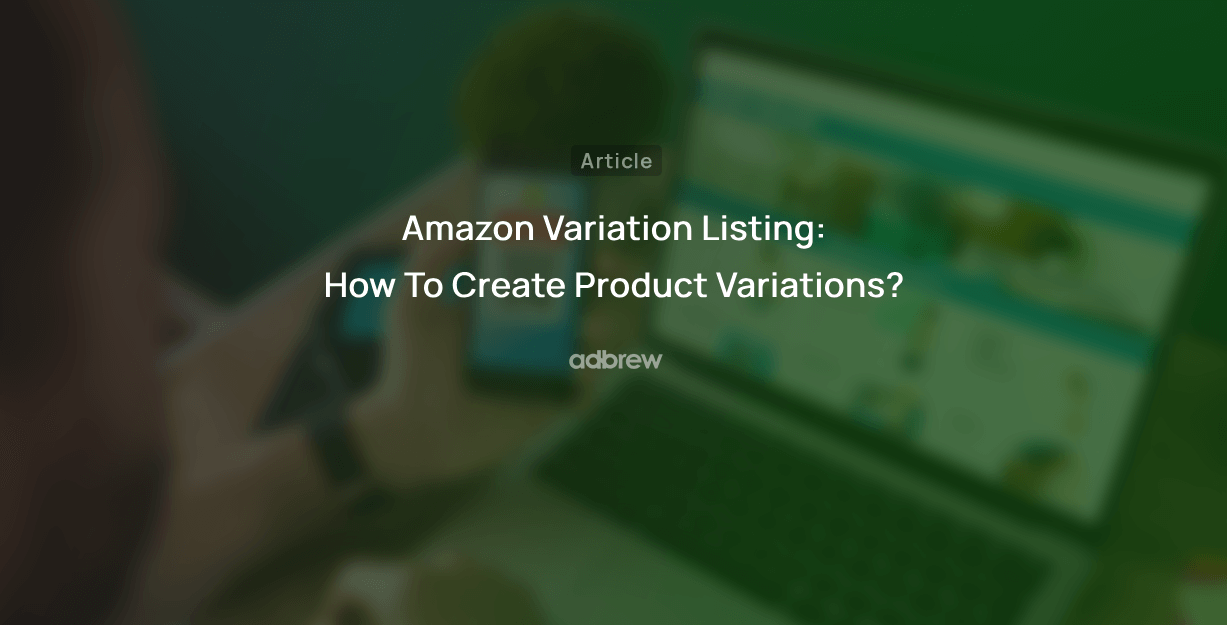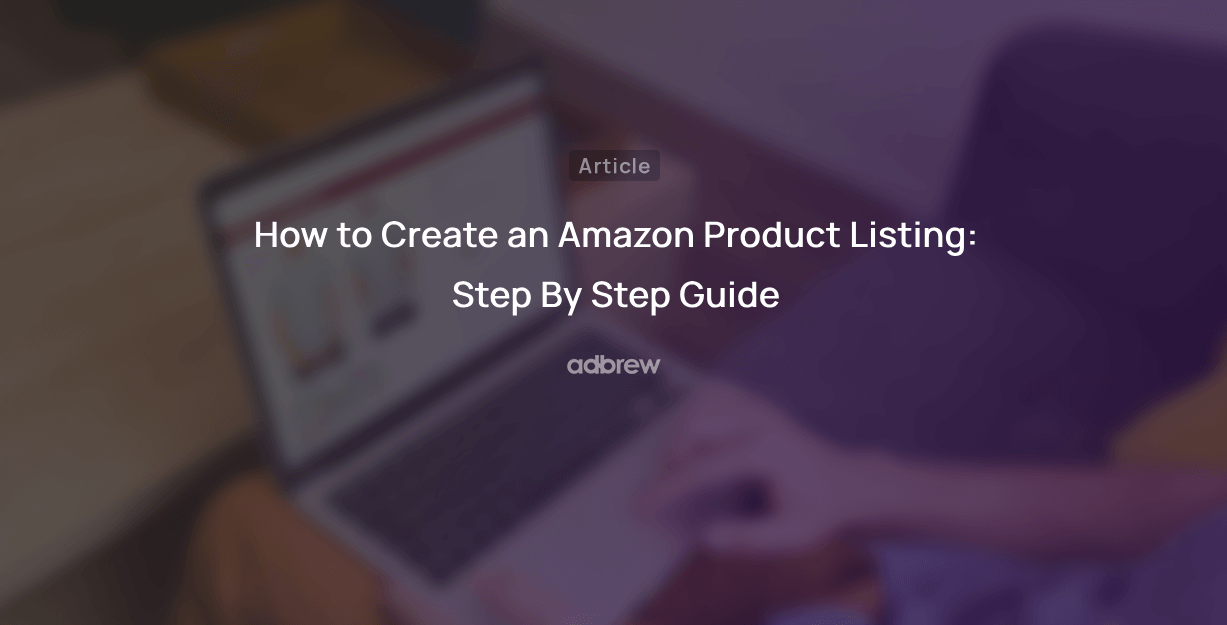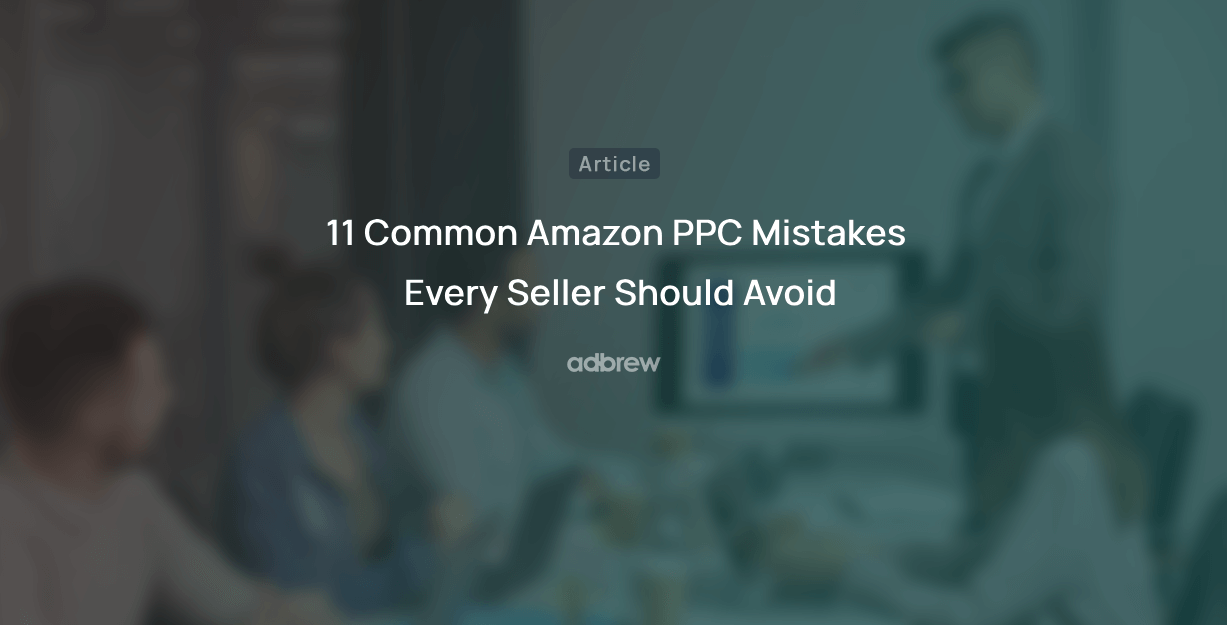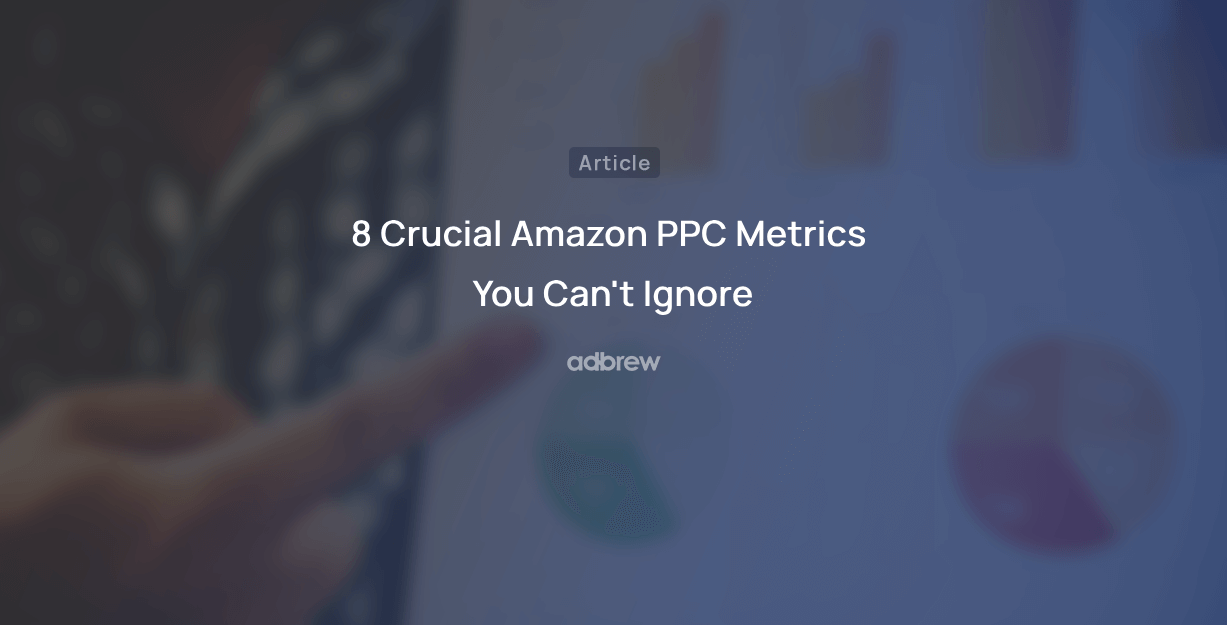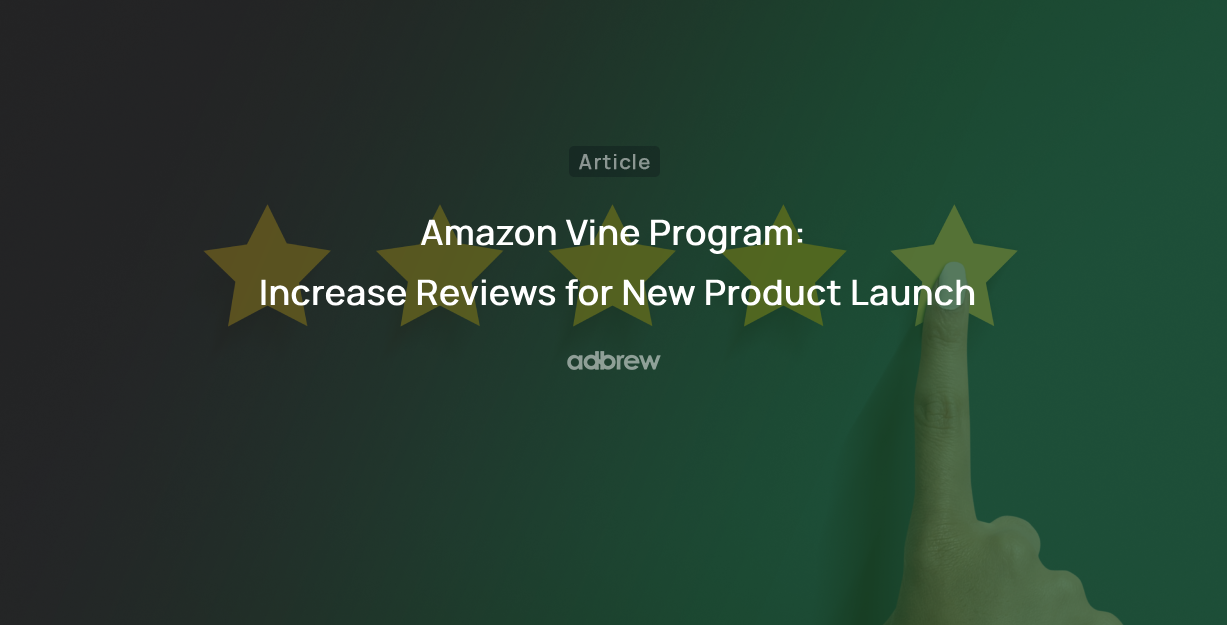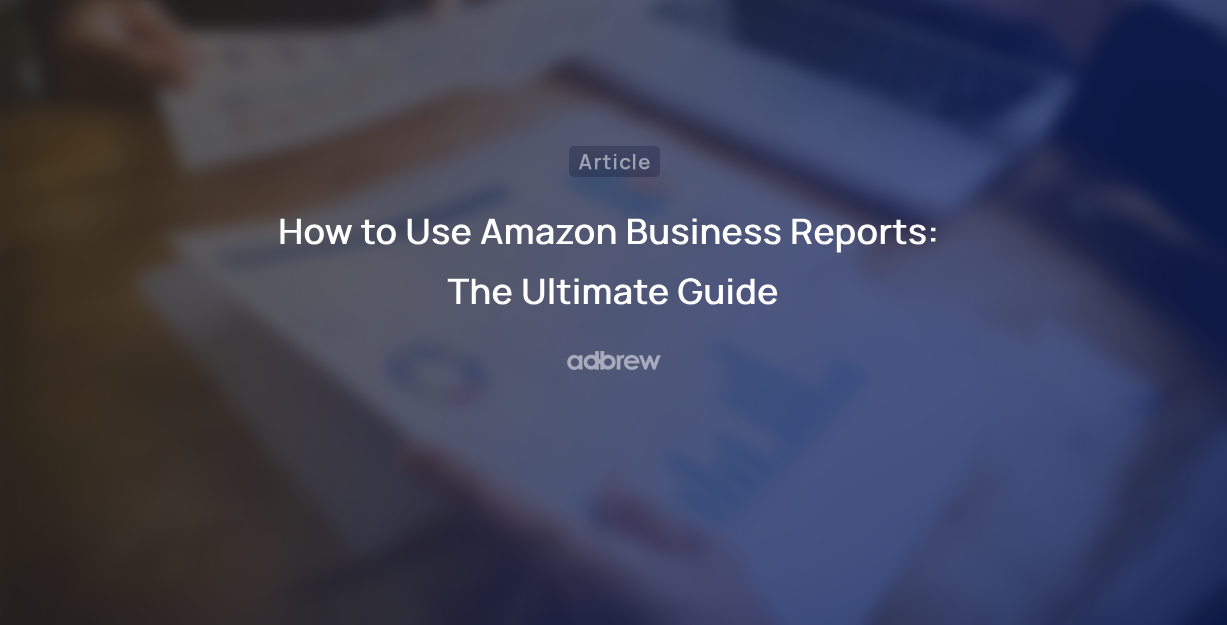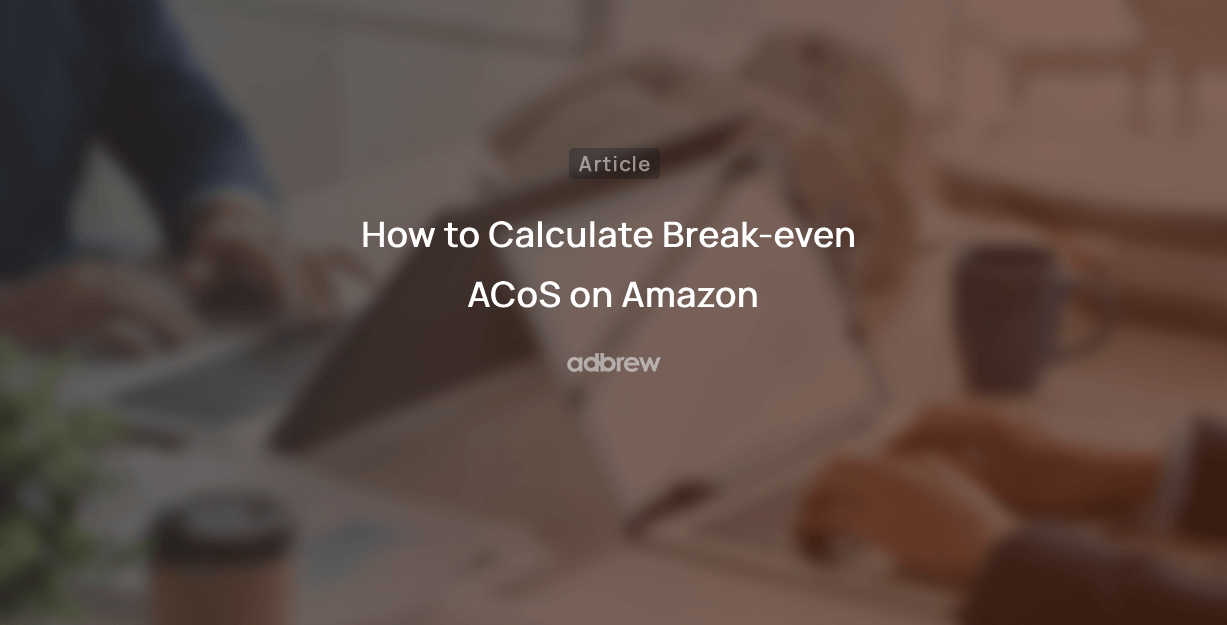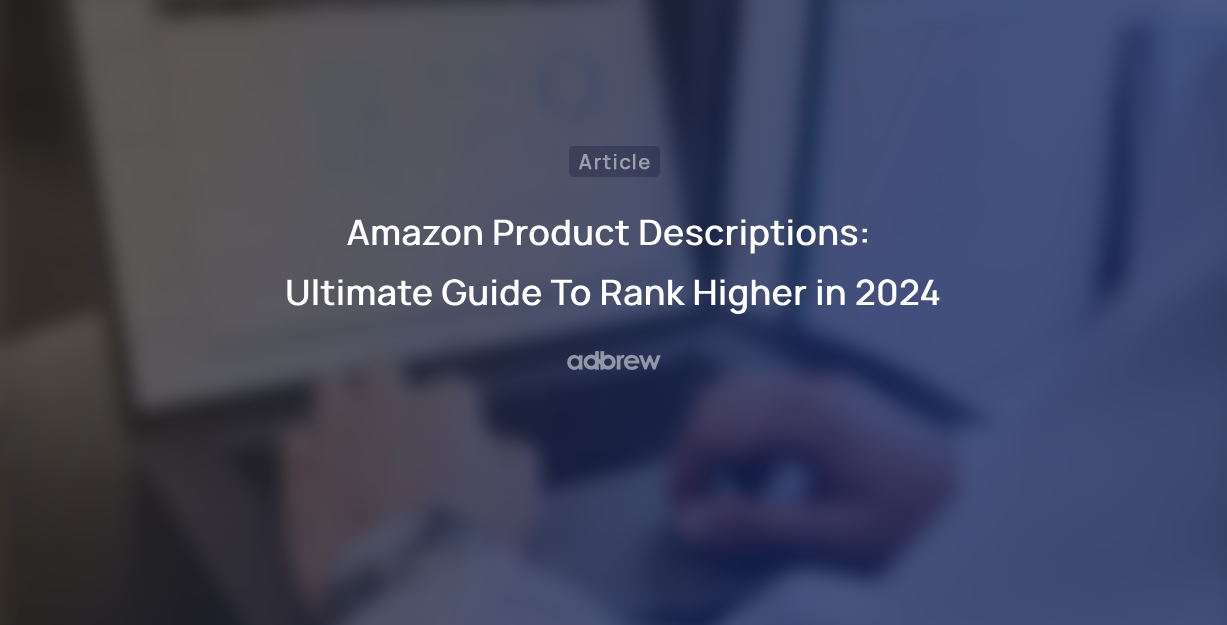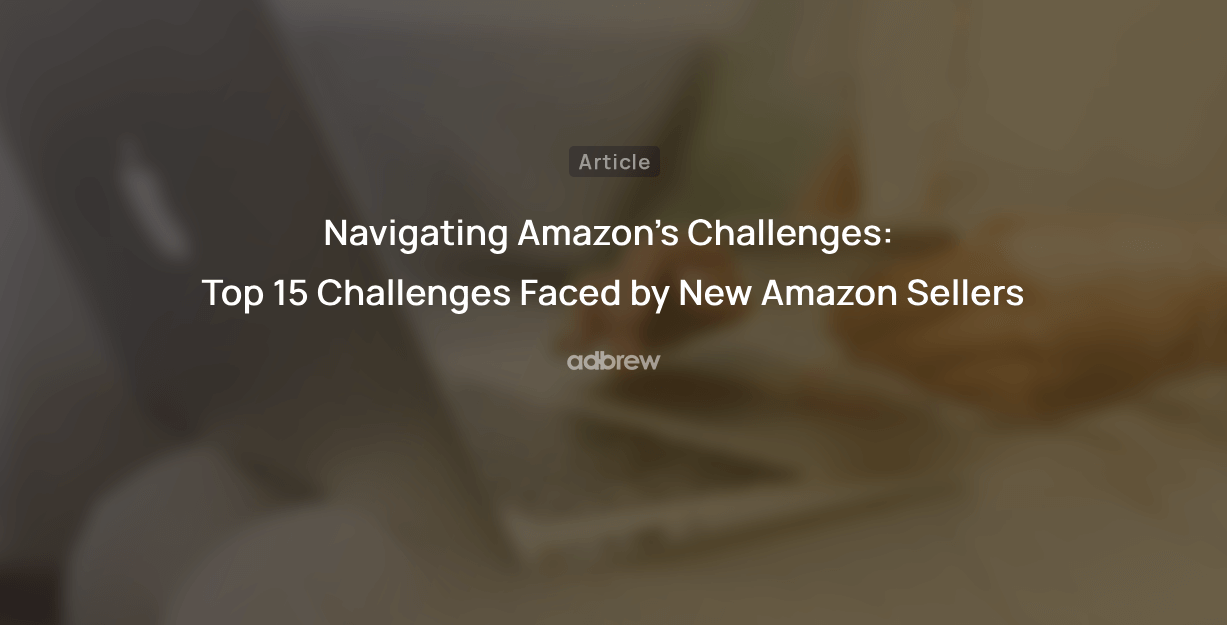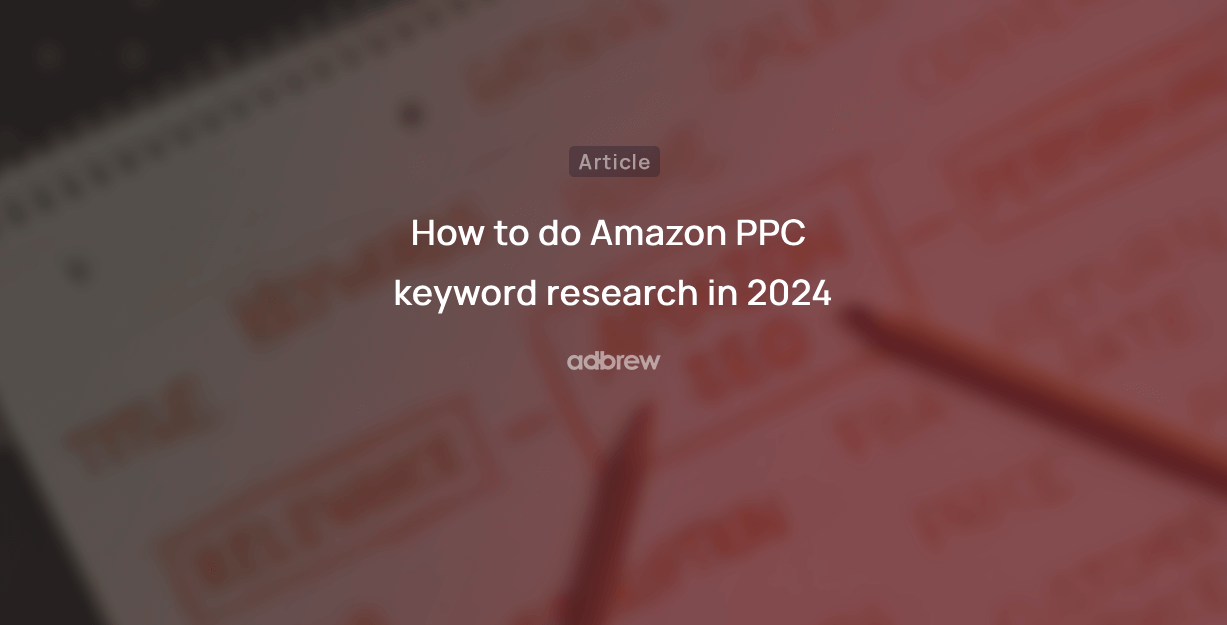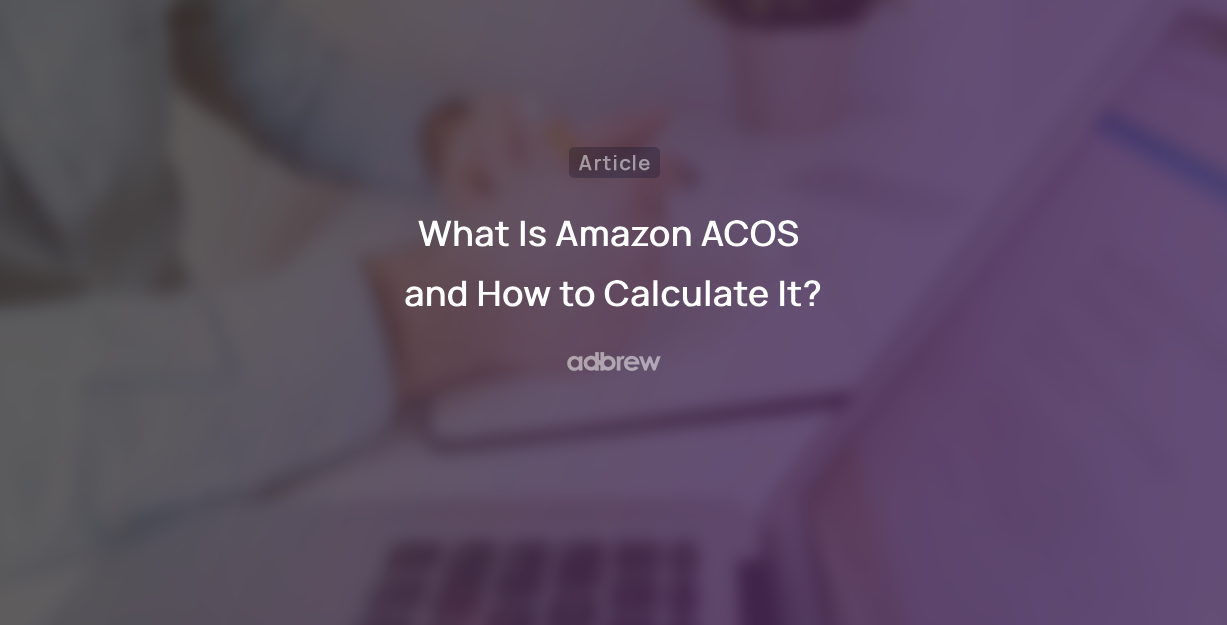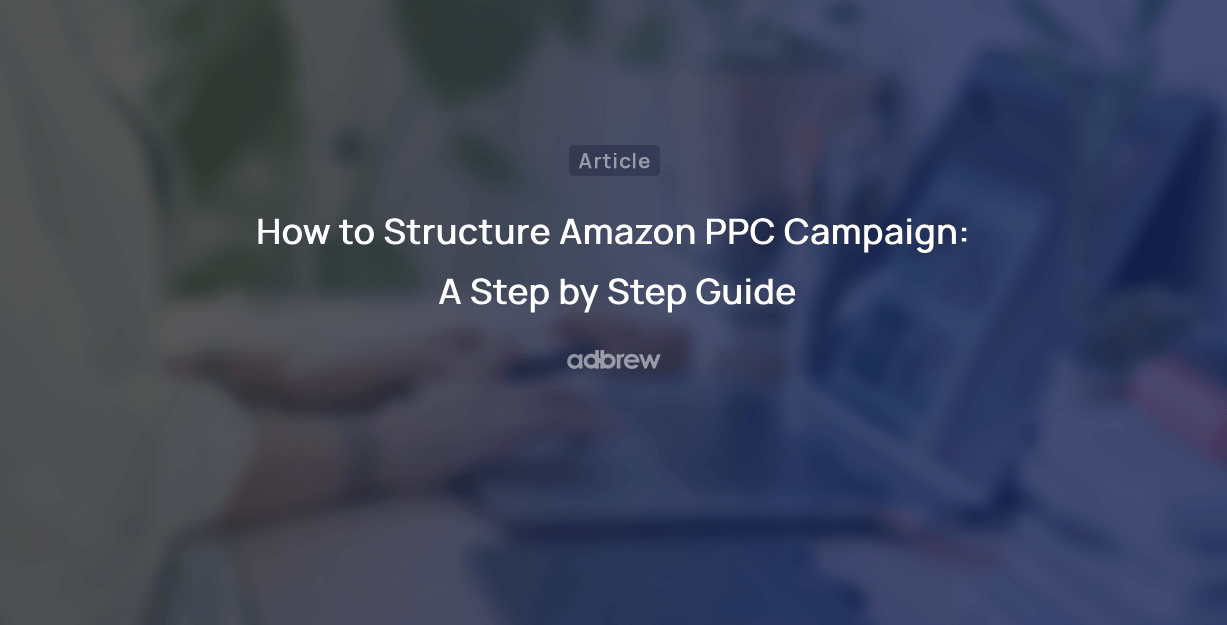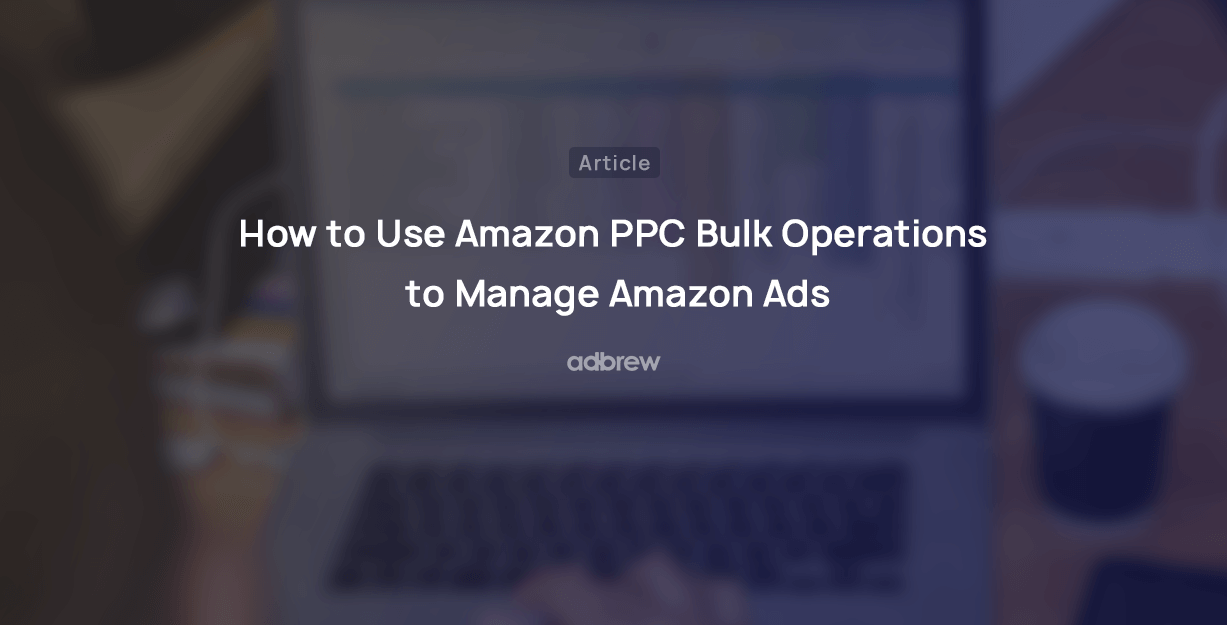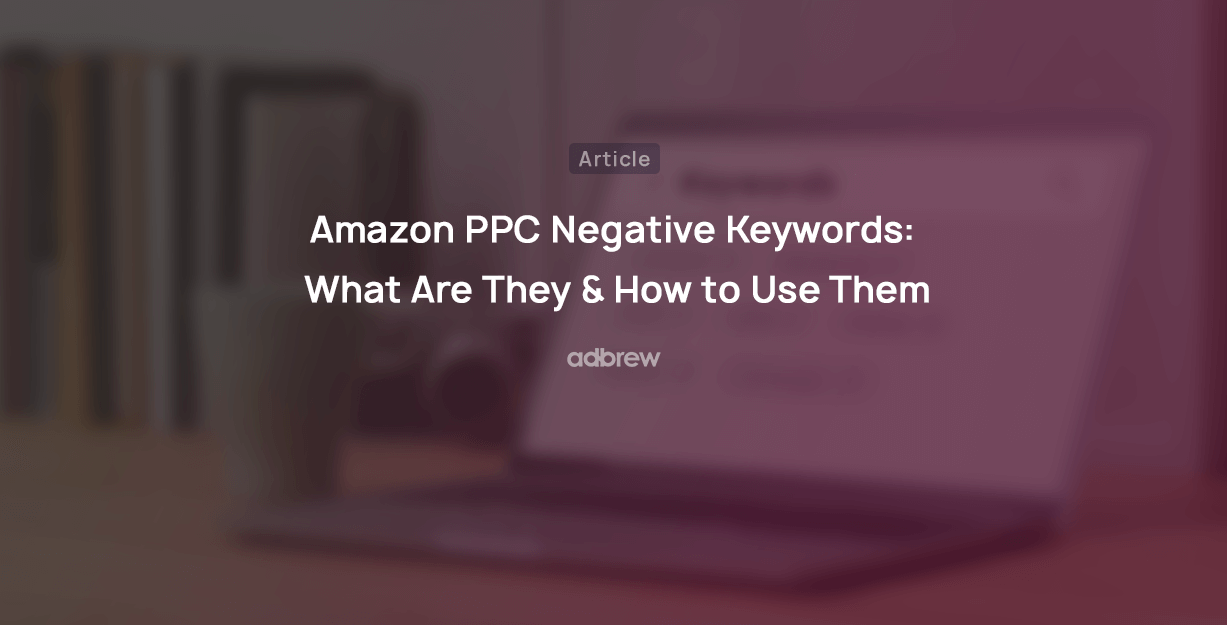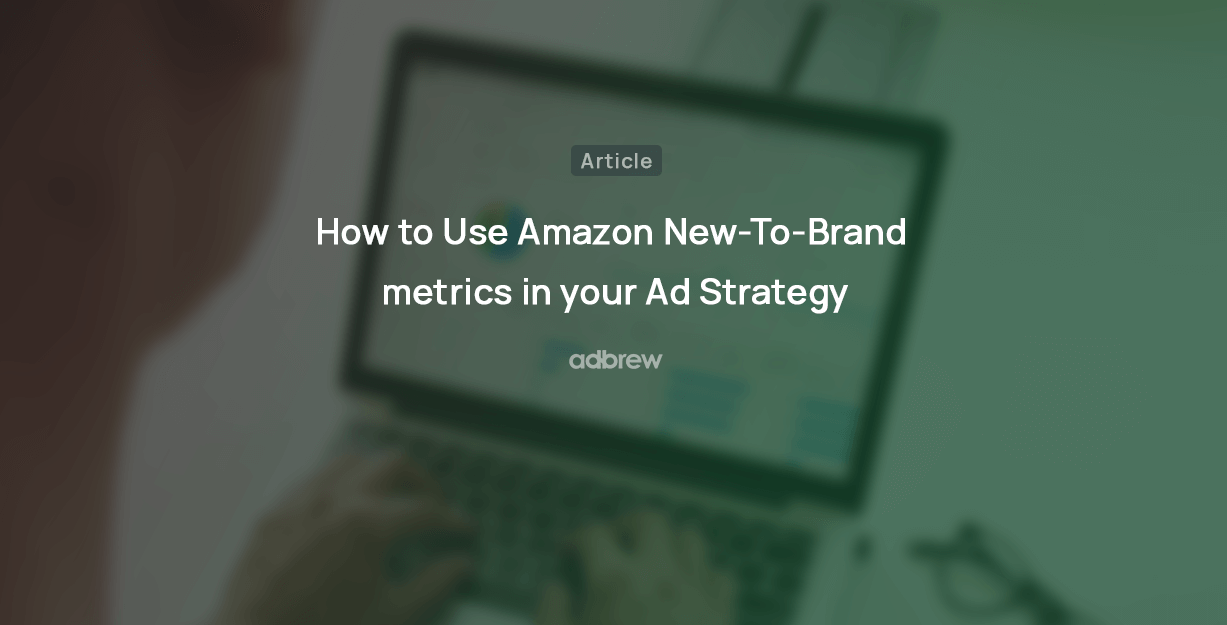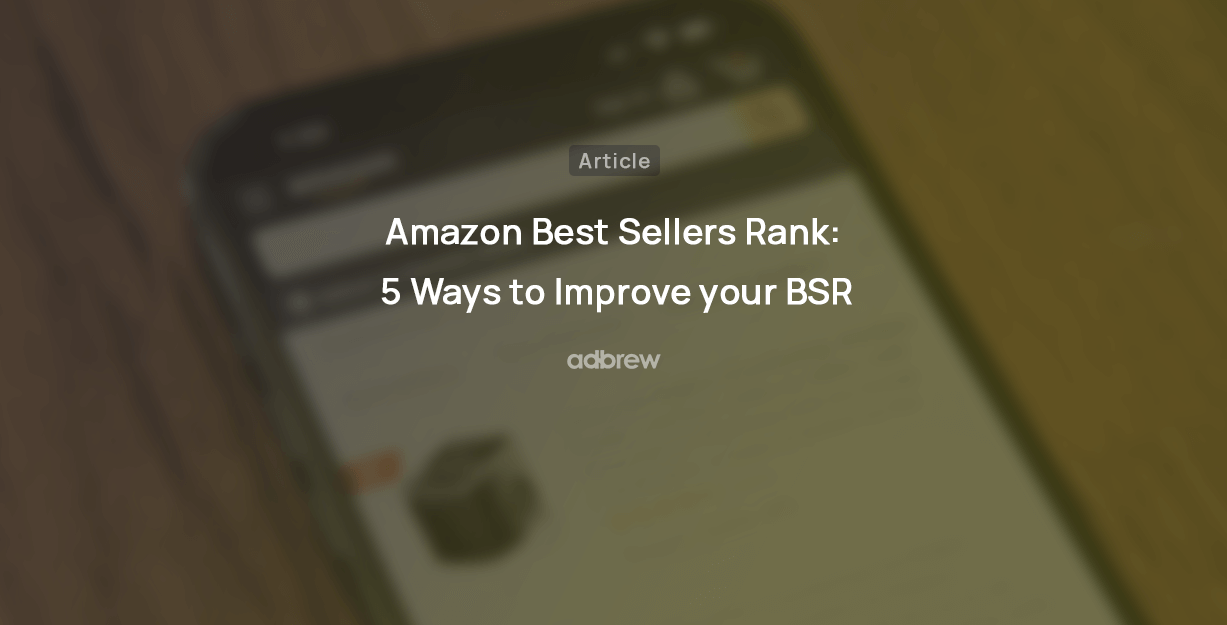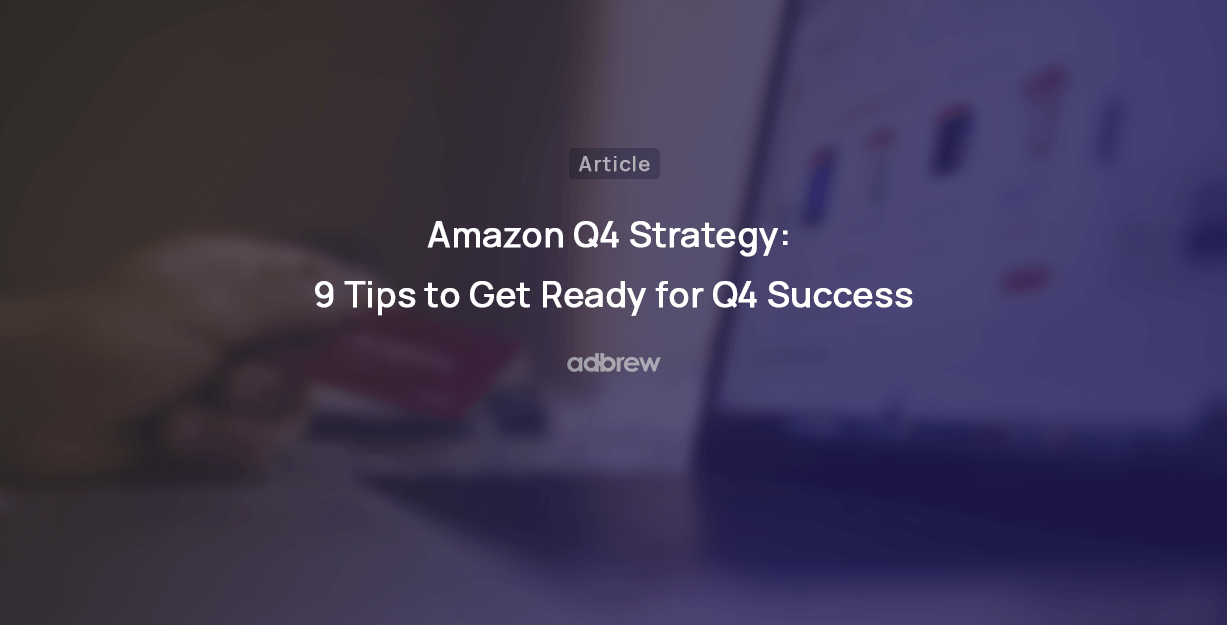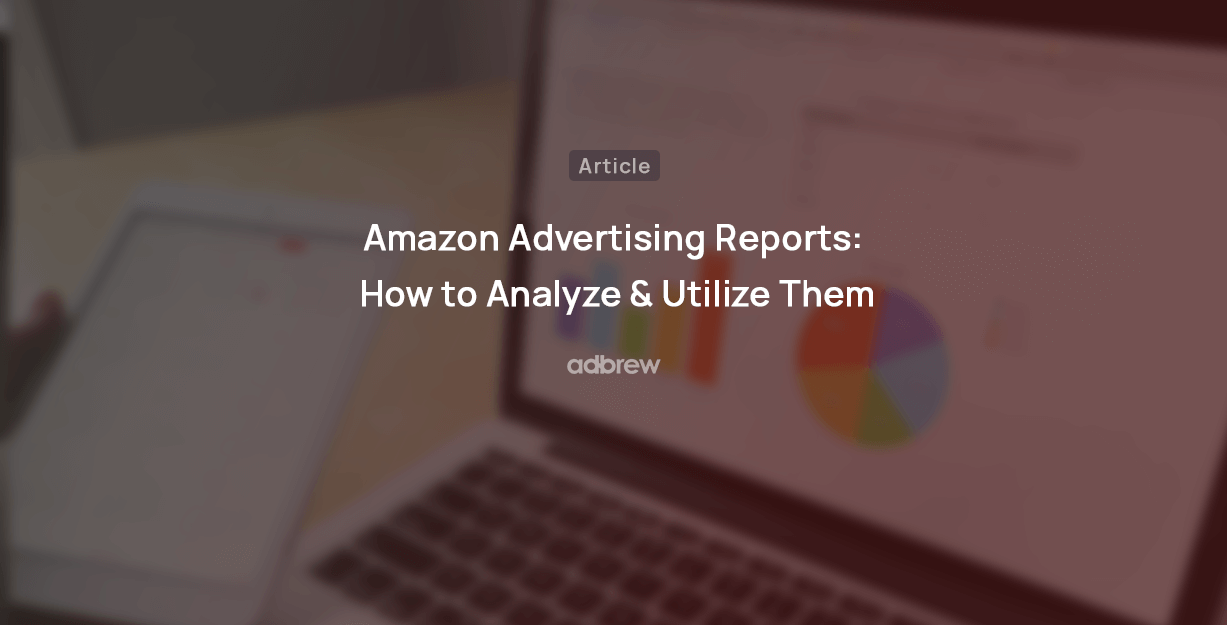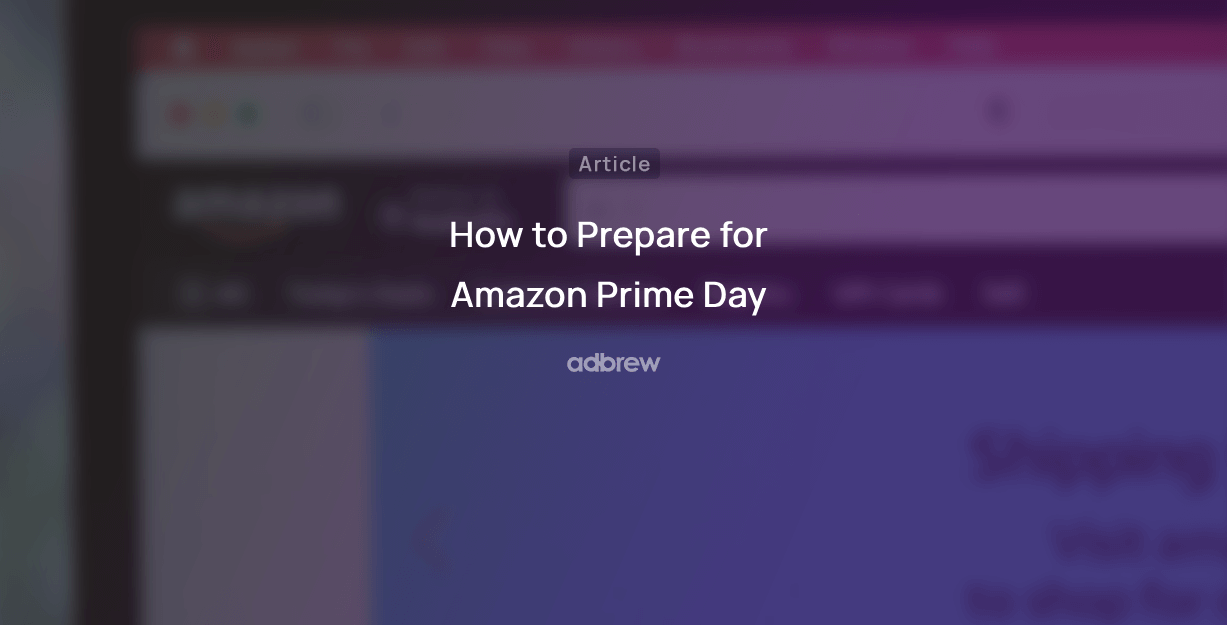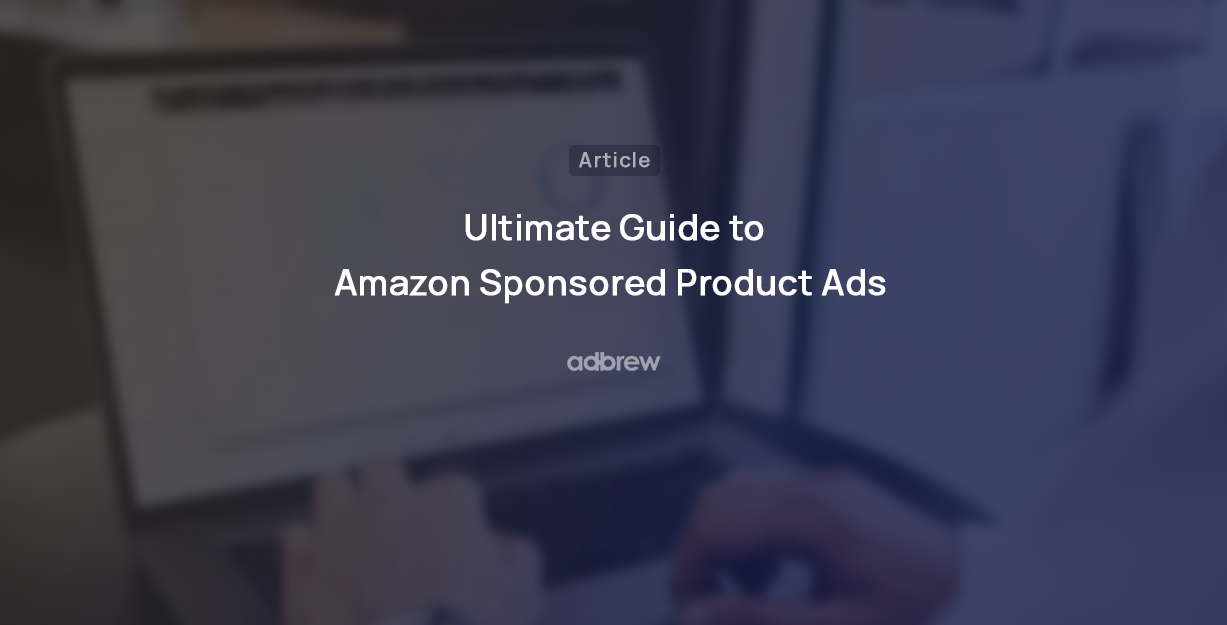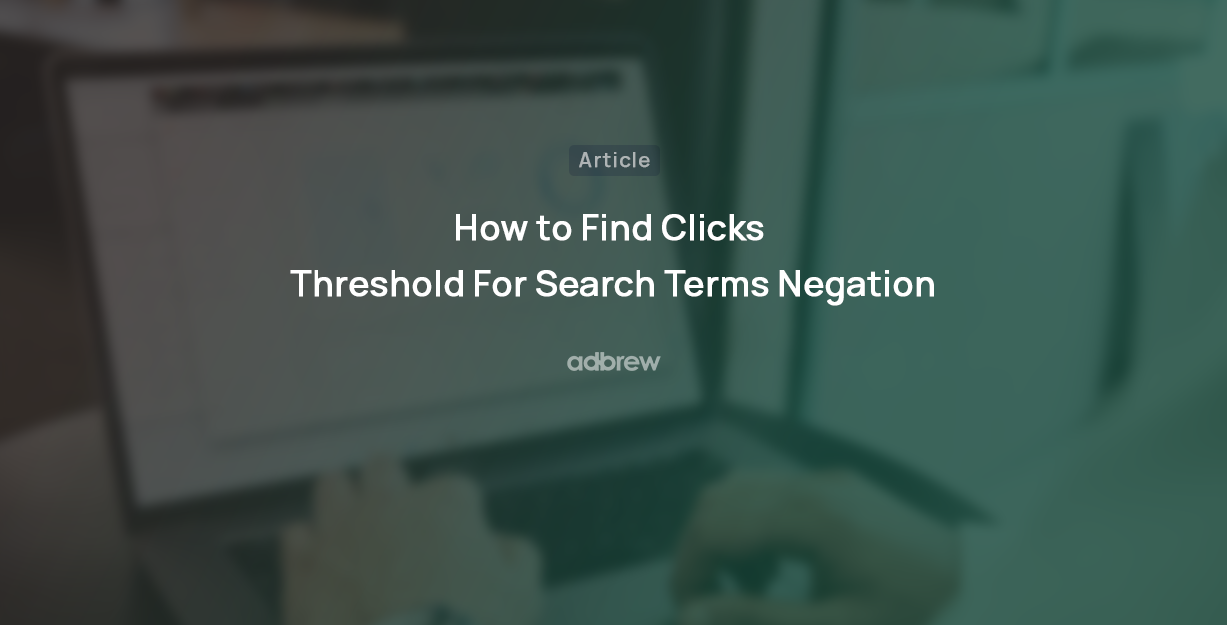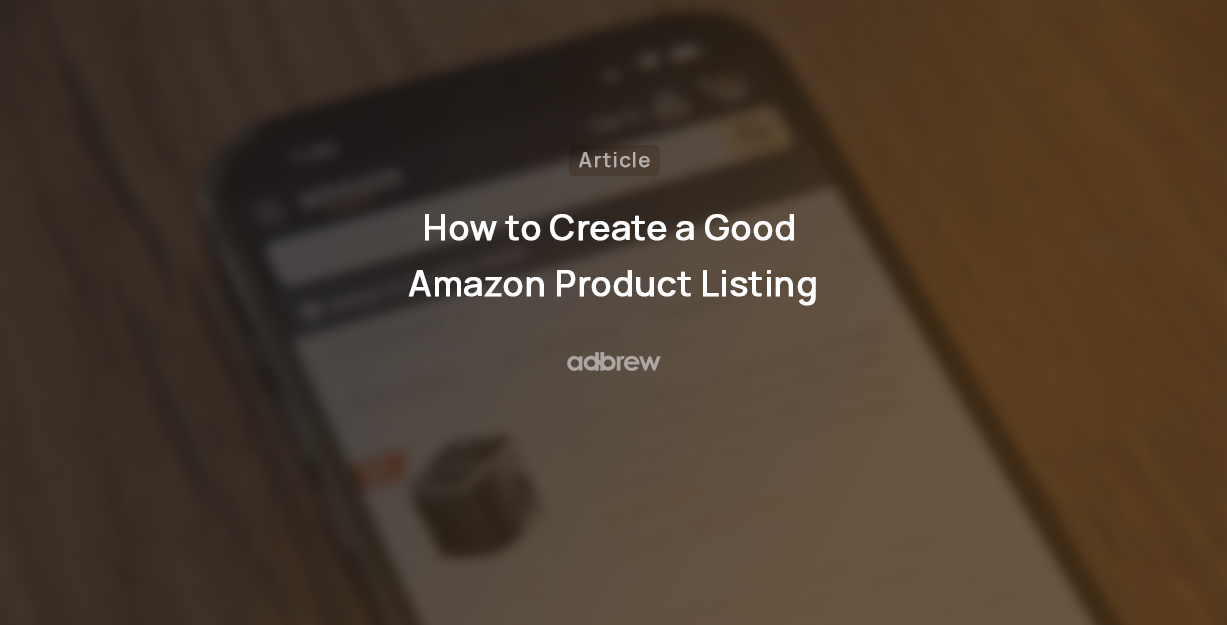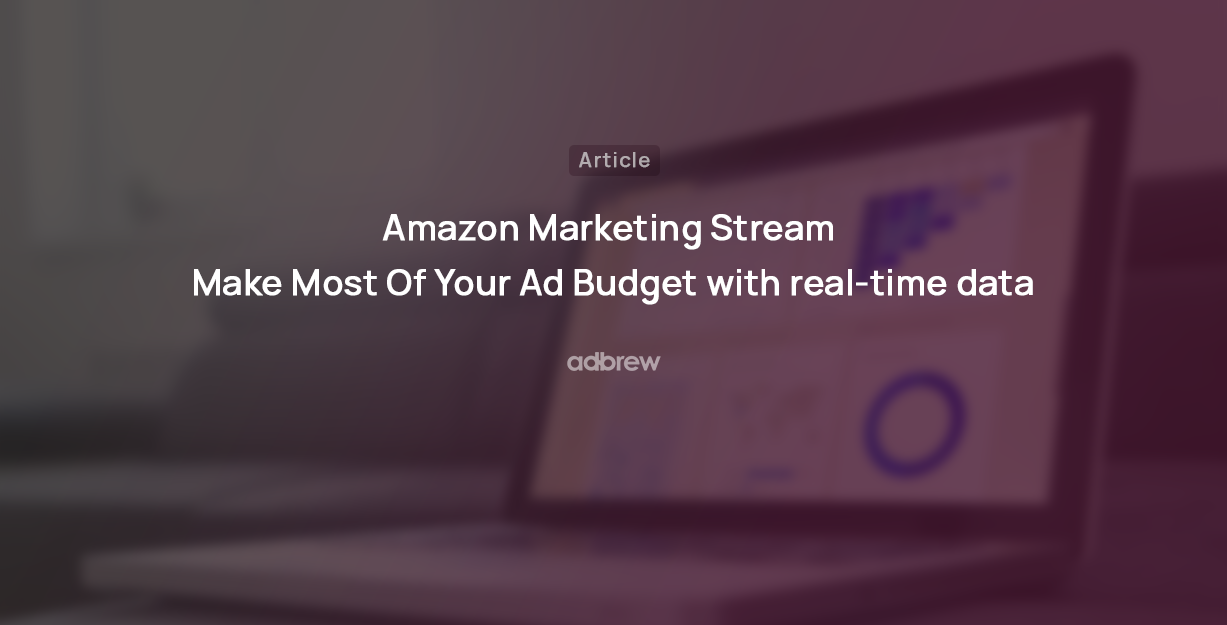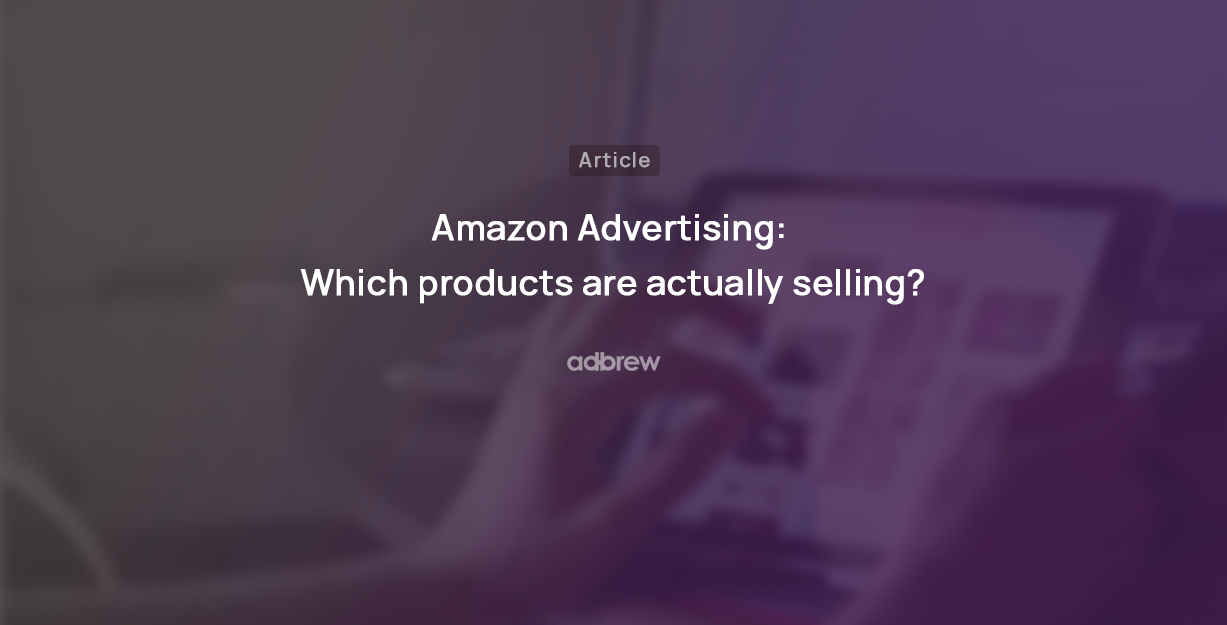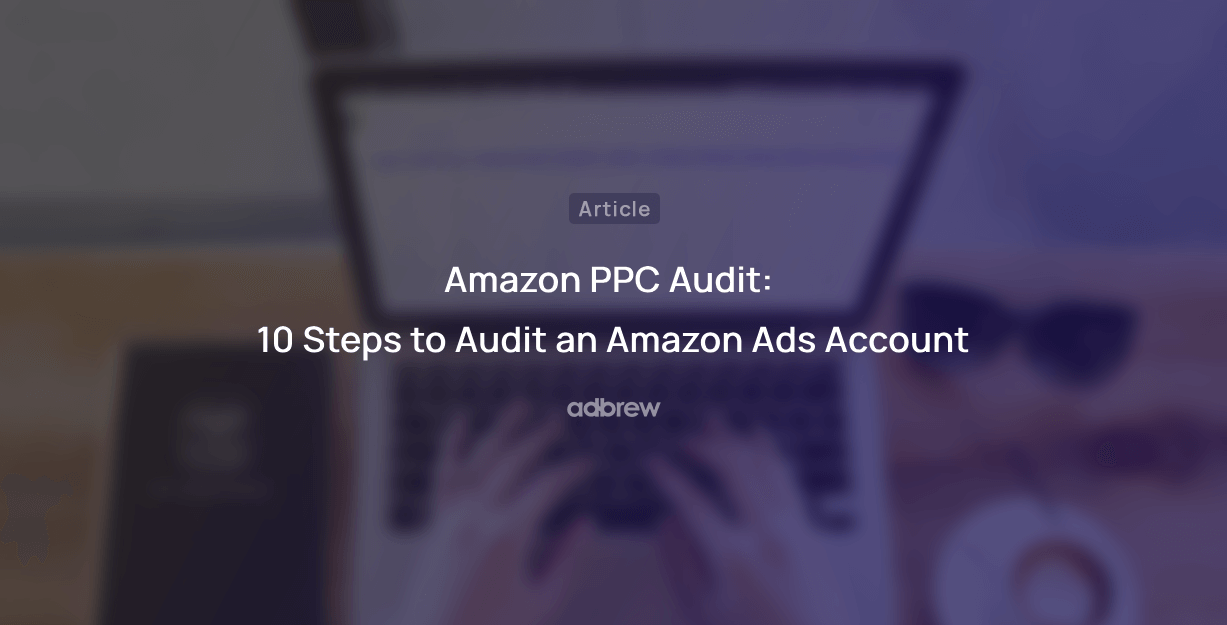
When did you last give your Amazon PPC account a checkup?
Regular Amazon PPC audits are crucial to ensure the optimal performance of your ads and maximize the ROI from your advertising budget.
Think of it like a health check for your advertising strategy – it helps you find hidden opportunities, fine-tune performance, and stand out from the competition.
In this blog post, we’ll walk you through 15 essential steps to conduct a comprehensive audit of your Amazon PPC account.
1. Right Campaign Structure
Creating a well-organized campaign structure is crucial for making the most out of your Amazon PPC Campaign. It simplifies management and ensures your money is spent wisely. When evaluating your campaign setup, ask yourself:
Distinct Campaigns for Different Product Types or Categories:
Keep things clear by putting different product types or categories in their own PPC campaigns. This makes it easier to tweak targeting for each group.
Optimal Product Count in Each Ad Group:
Don’t overload ad groups with too many products. Having the right number ensures you can manage things effectively.
Optimal Keyword/target Count in Each Ad Group:
Don’t overload ad groups with too many keyword/product targets. Having the right number ensures you can manage things effectively hence helping in improving campaign performance.
Segregation of Different Match Types:
Divide keywords by match types into different campaigns or ad groups. This gives you better control over where your ads show up.
Clarity in Campaign Naming Conventions:
Can someone easily understand a campaign’s goal by reading its name? Clear and consistent names make managing multiple campaigns straightforward.
When your campaign structure meets these basic criteria, you’re on the right track. If not, starting with a proactive approach to a solid campaign structure sets the stage for more effective adjustments down the road.
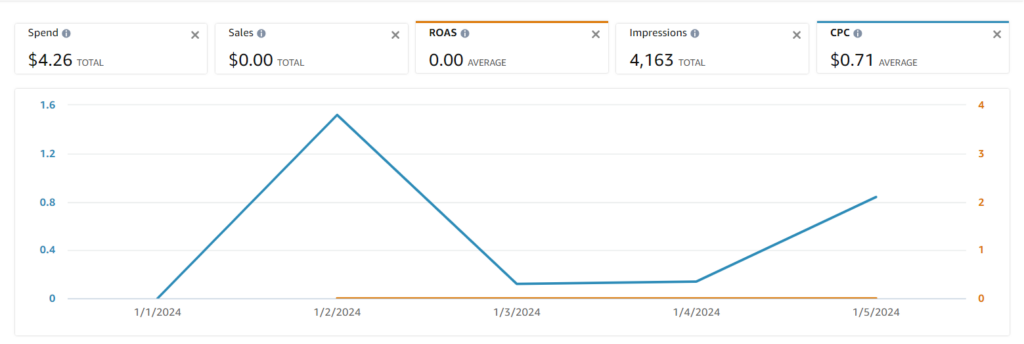
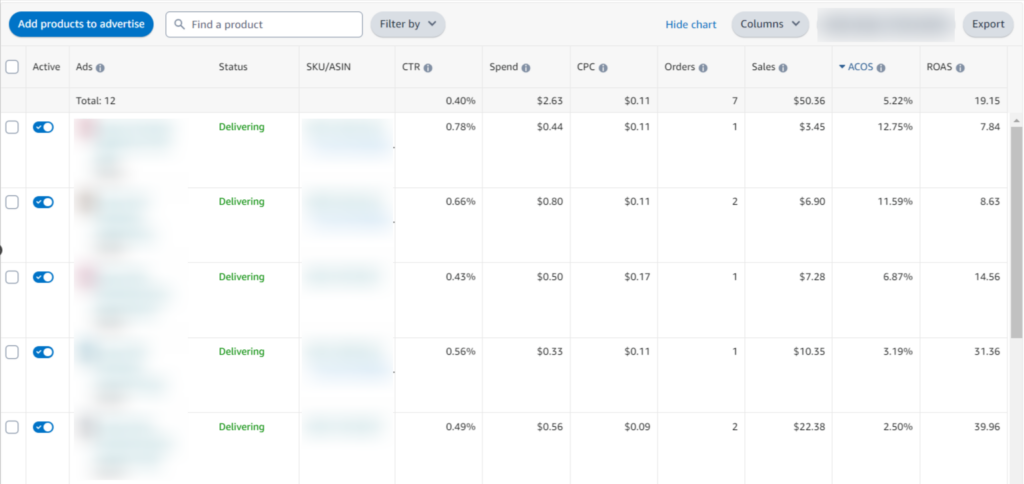
2. Campaign-Type Utilization and Performance
Amazon offers various types of PPC campaign options, including Sponsored Products, Sponsored Brands, Sponsored Display, Sponsored Brands Videos, and Sponsored Display Videos. Every campaign type serves a specific purpose in engaging shoppers at different stages of their buying journey.
Start by evaluating the performance of each campaign type based on conversion rate, click-through rate, ad spend, ad sales, and return on ad spend.
If you find that certain campaign types consistently drive positive results and you are not utilizing them for specific products, then there is an opportunity to launch new campaigns for such products.
On the other hand, if you find that certain campaign types are constantly not meeting the desired advertising goals, consider reducing spending on these underperforming ad types to reallocate the budget towards more effective campaigns.
3. Match Type Utilization and Performance
Similar to campaign types, Amazon offers various match types for targeting, including broad match, phrase match, exact match, product targeting, category targeting, audience targeting, etc.
Each match type is useful for different purposes. For example, Broad and Category matches help you constantly discover new keywords, Phrase, and Exact matches are used for maintaining sales velocity on important keywords, and remarketing is useful for engaging with shoppers who have already interacted with our ads.
Start by evaluating the performance of each match type based on conversion rate, click-through rate, ad spend, ad sales, and return on ad spend.
If you find that certain match types consistently drive positive results and you are not utilizing them for specific products, then there is an opportunity to launch new campaigns for such products.
On the other hand, if certain match types are not working at all, then consider reducing the spending on such targets and allocate it to a more effective targeting type.

4. Wasted Ad Spend
Identify and compile a list of search terms and targets that are depleting your ad budget without delivering satisfactory results. This encompasses terms that generate minimal or no orders or exhibit an unusually high Advertising Cost of Sales.
Next, within your Discovery campaigns, which utilize auto, broad, phrase, and category targeting, add identified search terms as negatives to prevent wasted spend.
Conversely, in your efficiency campaigns utilizing ASIN and exact match keyword targeting, simply pause the targets that are contributing to wasted ad spend.
To make the process easier you can download the search term report from the advertising reports section and do a broad-level search term analysis to find out which search terms are to be added to the negative keyword list to prevent unnecessary ad spending.
5. Target Harvesting Opportunity
It’s a common strategy to harvest keywords that generate orders from one campaign and move them to other campaigns with varying match types.
Begin by pinpointing the search terms from the search term report that generated orders in the discovery campaigns but are not currently targeted in the efficiency campaigns using exact match or exact ASIN targeting.
Similarly, move those search terms to miss discovery match types such as broad and phrase to discover more related keywords.
Ready to get started with Adbrew?
Adbrew's Automation allows you to automatically identify high-performing search terms and seamlessly transition them from one ad group to another.
6. Bidding Strategy Performance
Amazon offers three bidding strategies: fixed bid, up and down, and down only. During an audit of an Amazon PPC account, identify the most effective ppc bidding strategy—whether it’s down-only, fixed bidding, or up and down.
We’ve observed that the down-only bidding strategy typically delivers better performance. If you discover campaigns using a strategy other than down-only, consider switching to down-only for optimal results.

7. Placement Performance and Optimization
Amazon provides data for three distinct ad placements: top of search, product page, and rest of search. One placement may outperform another within the same campaign, or vice versa.
When conducting an Amazon PPC audit, focus on campaigns where you haven’t applied any placement modifier, but a specific placement is delivering good results. Consider adding a placement bid modifier in such campaigns. Conversely, reduce the placement modifier for a placement that isn’t performing well despite having a high modifier.

8. Bids Optimization
It is recommended to optimize your target bids at least once a week. This is crucial because your performance can vary daily on the same target, influenced by changes in CPC and conversion rates.
Therefore, adjusting your bids based on performance data becomes essential.
During an audit, if you find a campaign where the bids haven’t been changed for a significant period, as verified from the ad group change history tab, it could signal a valuable opportunity to enhance the campaign’s performance.
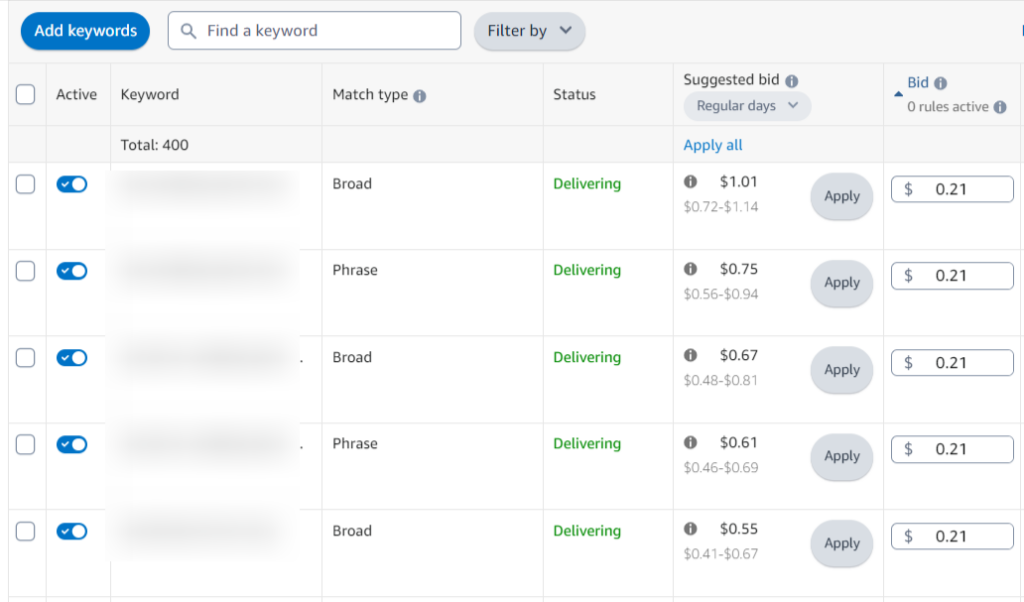
9. Branded VS Non-Branded Terms Performance
It’s crucial to invest in branded keywords to connect with shoppers familiar with your brand. Simultaneously, it is also important to allocate a large portion of the ad budget for generic keywords to reach potential customers who aren’t yet aware of your brand. We often come across brands with either an excessive spend on branded keywords or none at all.
During a PPC audit, ensure that the brand allocates a significant portion of its ad budget to generic keywords while capitalizing on opportunities in branded searches.
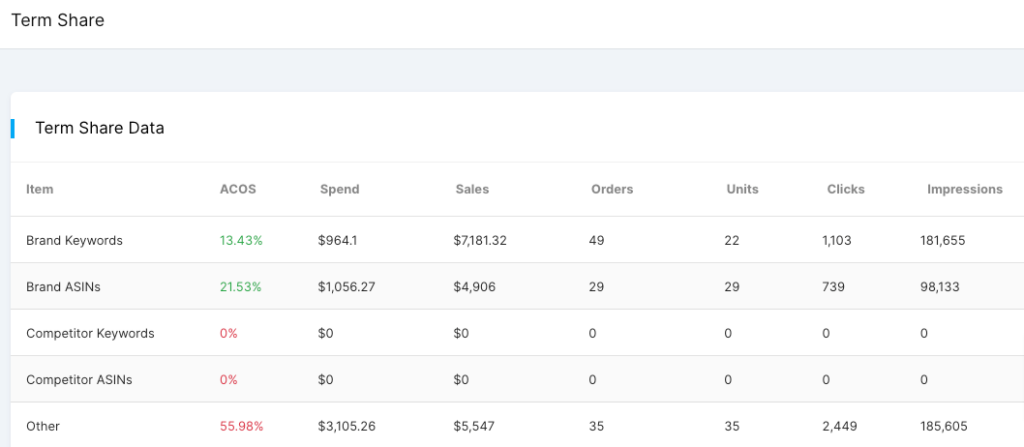
10. Share of Voice and Search Rank of Important Keywords
To sustain and enhance sales momentum for the brand, it is crucial to analyze market share and search rankings for key keywords that significantly contribute to ad-generated sales.
If you observe a brand experiencing a low search ranking or having a limited share of voice for a keyword that is already contributing significantly to sales, it signals a potential opportunity to expand its market presence. In such cases, it might be advantageous to implement a more assertive advertising strategy, particularly for those highly profitable keywords. This approach aims to enhance sales performance and maximize overall impact.
By adopting an aggressive advertising stance for these key terms, you position yourself to capture a larger market share and potentially outperform competitors.

11. Optimize Product listings
Optimizing product listings is a pivotal aspect of a comprehensive Amazon PPC audit, playing a crucial role in driving more sales and revenue.
By incorporating relevant keywords into your listings, you not only improve visibility but also maximize the efficiency of your Amazon PPC campaigns, attracting a qualified audience.
Investing time in refining product titles, descriptions, A+ content, and images contributes to an improved user experience, translating clicks into more sales and ultimately boosting the overall performance of your Amazon PPC campaigns.
Ready to get started with Adbrew?
Adbrew's SOV tracker helps you monitor and understand your market share and search ranking for any keyword.
Final Thoughts on Amazon PPC Audit
Whether you’re a brand managing your account or an agency onboarding a new one, conducting an audit is crucial to grasp the brand’s current standing and identify growth opportunities. We hope the 10 points shared in this blog will serve as a helpful Amazon PPC audit guide.
Frequently Asked Questions
Why Conduct Amazon PPC audit?
Conducting an Amazon PPC audit is essential for optimizing your advertising strategy. By exploring the details of your PPC performance, you gain valuable insights into the effectiveness of your campaigns.
This process enables you to identify areas for improvement, refine your PPC strategy, and ultimately enhance your overall advertising performance on the platform.
How frequently should I conduct an Amazon PPC Audit?
Doing an intensive Amazon PPC Audit might require a significant amount of time and resources. It is recommended to perform it at the end of every Quarter when you are deciding your next quarter’s goals.
You can conduct a basic audit such as keyword analysis, target harvesting, bid optimization, and placement bid optimization every month to ensure everything is working properly.
What key items should be included in my Amazon PPC Audit checklist?
To conduct a quick Amazon PPC Audit, follow this checklist:
- Distinct campaigns for various product types or categories
- Optimal product and keyword counts in each ad group.
- Switch to a down-only bidding strategy for improved results
- Evaluate the top of the search, product page, and rest of the search campaign placements
- Adopt an aggressive advertising approach for profitable keywords with low search rankings.
- Conduct search term analysis to identify poorly converting search terms, add them as negative keywords, identify performing keywords, and check whether they are targeted in all three match types.
- Have the right balance in budget allocation between generic vs branded terms.
Which Amazon PPC Audit tool is recommended?
Adbrew offers a comprehensive audit tool designed to conduct a thorough examination of your ad account. This tool not only ensures a complete sanity check but also identifies opportunities for optimization and growth, facilitating the scaling of your campaigns.
Recent Posts
Take your Amazon PPC advertising to the next level

Related Blogs
Running Amazon ads with an empty shelf? You might as well be burning cash. Many sellers focus on optimizing bids, […]
In today’s competitive digital landscape, growing your eCommerce brand requires more than just a standalone website or a single marketplace […]
Are you an Amazon seller looking to offload excess inventory or seasonal items? The Amazon Outlet program might be just […]
Turning your bookshelf into a source of income has never been easier, thanks to Amazon. If you have books collecting […]
If you’re an Amazon seller, encountering an account suspension or policy violation can be a significant setback. But with the […]
Introduction Amazon dropshipping is an increasingly popular way to run an e-commerce business without the need to store or ship […]
Introduction The Amazon Influencer Program is a great way for content creators to turn their influence into earnings. This program […]
Introduction Amazon Kindle Direct Publishing (KDP) is a platform that allows authors to self-publish their work as ebooks or print […]
Selling on Amazon offers many opportunities for businesses, but it’s essential to understand the costs involved with Fulfillment by Amazon […]
Walmart is quickly becoming a popular platform for brands and sellers to connect with more customers. One way to boost […]
In today’s competitive retail landscape, reaching the right audience at the right time is crucial for success. Walmart’s Demand Side […]
In today’s fast-paced eCommerce landscape, shoppers demand speedy delivery. Walmart has responded by offering 2-day shipping, giving sellers on the […]
Running successful Walmart advertising campaigns takes more than just setting them up—it requires ongoing optimization. A Walmart PPC (Pay-Per-Click) audit […]
Are you ready to tap into the massive potential of Walmart Marketplace? With millions of daily visitors and a loyal […]
In the world of e-commerce, Amazon and Walmart reign supreme, dominating the retail landscape. These two giants offer vast opportunities […]
Are you a brand owner struggling to maintain control over your products on Walmart? The Walmart Brand Portal is here […]
Are you dreaming of a passive income stream from your Walmart store? The allure of an automated Walmart store with […]
Are you a seller looking to tap into the massive market of private-label brands? Walmart, one of the world’s largest […]
Tired of your Walmart products getting lost in the shuffle? In this blog post, we’ll dive into the essential strategies […]
Ever wondered why some Amazon sellers seem to have a magic touch with product bundles? It’s not luck—it’s strategy. Bundling […]
If you’re a Walmart seller looking to grow your business through retail media, Walmart Connect could be a game-changer. But […]
If you’re an Amazon seller, you may have noticed a portion of your inventory marked as “reserved” without knowing exactly […]
Have you ever wondered what managing your own Amazon orders is like? Switching from Fulfilled by Amazon (FBA) to Fulfilled […]
Walmart Marketplace offers an exciting opportunity for sellers to reach a vast audience by listing their products on Walmart’s platform. […]
Selling products on online marketplaces has become a vital strategy for businesses to reach more customers. If you’re looking to […]
Are you a Walmart seller aiming to improve your visibility and sales? In this blog, we will explore Walmart SEO, […]
As an Amazon brand owner, maintaining control over your product listings is essential to protect your brand’s reputation and customer […]
Improving your sales on Walmart starts with understanding how to consistently win the Buy Box. Securing this position can make […]
Are you an Amazon seller struggling to increase your rating? A high seller rating is crucial for attracting new customers […]
As an Amazon seller, providing the best customer service is paramount to maintaining a positive customer experience. One key metric […]
If you’re an Amazon seller and curious about Amazon IPI score and its impact on your business, this blog post […]
Introduction Starting an Amazon subscription box business presents a unique opportunity to tap into the growing trend of curated, recurring […]
Thinking about using Fulfillment by Amazon (FBA) to sell on the Amazon marketplace? Awesome! But before you box up your […]
Thinking about using Fulfillment by Amazon (FBA) to streamline your Amazon business? While FBA offers a convenient way to store […]
For FBA sellers, the Amazon Buy Box is the holy grail of product visibility. But with constant algorithm updates and […]
Have you ever wished you could offer customers pre-made packages of complementary products without the hassle of physically bundling them […]
Have you ever wanted to create a more branded and engaging presence for your products on Amazon? An Amazon storefront […]
Are you storing items on Amazon for a while? If so, it’s important to be aware of Amazon long term […]
When selling products on Amazon, it is crucial to follow their packaging requirements, rules, and guidelines. Proper packaging ensures that […]
Amazon A/B testing can significantly enhance your product listings and boost sales. This method, also known as split testing, involves […]
Have you ever browsed Amazon and stumbled upon a product with a little blue badge that reads “Amazon’s Choice“? It […]
Amazon FBA vs FBM needs to be explored, when we ship products and handle orders while selling on Amazon. With […]
Ever feel like you’re missing something in your Amazon PPC Search Terms report? You might be! Sure, they show what […]
Amazon can be a fantastic platform to reach new customers, but keeping your virtual shelves stocked can get tricky. That’s […]
Navigating Amazon as a new seller can be tough, but there are tools and programs available to help such as […]
Have you ever scrolled through an Amazon search result page and noticed product recommendations nestled alongside the standard listings? These […]
Finding time for yourself while selling on a competitive marketplace like Amazon can be challenging. As a seller, your main […]
Starting an E-commerce business has become quite easy with Amazon, but it also brings heavy competition. Millions of Amazon sellers […]
As an Amazon seller, you know the importance of getting your products seen. But with millions of listings, how do […]
Ever scrutinized an Amazon product page and noticed the cryptic “Sales Rank”? Wondering what it means and how it impacts […]
Millions of products compete for customer attention on Amazon’s search results page, making it tough for your brand to stand […]
Are you selling products on Amazon and looking to increase your sales? This blog is for you. We’ll share tips […]
Are you an Amazon seller looking to boost your brand visibility and profitability? Are you feeling stuck in the cycle […]
Ever wonder what drives your online shopping habits? Perhaps a captivating product description, or an eye-catching professional photo? As it […]
For any seller on Amazon, understanding the A9 algorithm is crucial for success. This complex algorithm dictates which products appear […]
Are you an Amazon seller looking to turn those single purchases into recurring revenue? Look no further than the Subscribe […]
Amazon has become a go-to platform for all e-commerce business owners to launch and scale their e-commerce brands online. But […]
Mother’s Day, a time to celebrate the incredible women who raised us, is a prime opportunity for Amazon sellers to […]
In the ever-competitive landscape of Amazon, ranking high in organic search results is crucial for driving sales. While you might […]
If you’ve ever found yourself scratching your head over Sessions and Pageviews on your Amazon business reports, you’re not alone. At […]
Amazon is a massive marketplace, attracting millions of customers with diverse needs, preferences, budgets, and mindsets for shopping. To effectively […]
With Amazon boasting over $575 billion in retail sales for 2023, it’s no wonder so many sellers flock to its […]
Advertising on Amazon through pay-per-click campaigns can significantly enhance product visibility and sales for sellers. However, mastering Amazon PPC, with […]
Have you heard of the terms copyright infringement and plagiarism? If so, then Amazon Brand gating won’t be unfamiliar to […]
If you are running ads on Amazon, you’ll come across a sea of data in your advertising console. But does […]
Have you heard of the terms copyright infringement and plagiarism? If so, then Amazon Brand gating won’t be unfamiliar to […]
In the fast-paced world of e-commerce, where shoppers are bombarded with choices, standing out on platforms like Amazon is paramount […]
Are you planning to start an Amazon FBA store? If so, you’ll encounter a unique term – FNSKU. This seemingly […]
As an Amazon seller, you understand the power of reviews. They’re the lifeblood of trust and conversion on the platform. […]
Are you struggling to get Amazon reviews on your product? Well, you are not alone! Reviews are the backbone of […]
Are you tired of bland Amazon product listings failing to grab attention? In today’s competitive online marketplace, standing out is […]
As an Amazon seller, understanding how your brand performs throughout the customer journey is vital for success. However, until recently, […]
As an Amazon seller, optimizing your business and maximizing profits relies heavily on data analysis. One invaluable tool for gaining […]
Are you struggling to get noticed on Amazon’s massive platform? Do your products get lost in a sea of similar […]
For any Amazon seller getting into the world of sponsored advertising, understanding the Advertising Cost of Sale (ACoS) is crucial. […]
A well-executed Amazon product launch strategy can be the key to unlocking success and gaining a competitive edge. As the […]
In the ever-evolving landscape of e-commerce, distinguishing between keywords and search terms is vital for optimizing product visibility and driving […]
Ever felt like you are throwing darts in the dark when it comes to your marketing efforts outside Amazon for […]
Amazon, the e-commerce giant, has successfully concluded a robust business year with outstanding performance in quarter 4. The most recent […]
Picture this: you have a great product on Amazon, but it’s not selling well despite having attractive images and a […]
The advertising landscape is evolving, and viewers are rapidly migrating from traditional cable TV to streaming platforms. This presents a […]
Feeling lost in the Amazon discount jungle? Struggling to reach the right customers and entice them to make the purchase? […]
Are your products getting lost in the vast ocean of Amazon listings? Do you want them to stand out, rank higher, […]
For years, Amazon sellers were in the dark. They couldn’t see what keywords customers were using to find their products, […]
Selling on Amazon can be tough with so many others doing the same in your category. That’s why it’s super […]
For Amazon sellers, understanding their customers has often felt like navigating a maze without a map. The missing link? A […]
Have you ever felt like your Amazon advertising campaigns are lost in a tangled jungle of keywords? You’re not alone. […]
When did you last give your Amazon PPC account a checkup? Regular Amazon PPC audits are crucial to ensure the […]
Embarking on the path of online selling? If so, you’re likely aware that Amazon is your ultimate destination. With a […]
Ever felt like your product is lost in the vast Amazon jungle? You’re not alone. With millions of shoppers actively […]
Amazon Sellers selling on the Amazon marketplace usually utilize Amazon advertising without keeping a close eye on the TACoS metric. […]
The rush of Black Friday and Cyber Monday might be over, but the opportunity for continued sales growth extends beyond […]
In the fierce Amazon advertising domain, where competition rises and costs increase, understanding and keeping track of the right metrics […]
Have you ever felt the frustration of campaigns going out of budget, leading to missing out on potential sales, or, […]
Amazon PPC campaigns can be a powerful tool for driving traffic and sales to your products. However, without proper structure, they […]
Whether you are creating a new advertising campaign or optimizing existing ones, doing it manually from the Amazon ad console […]
Want to know what search terms people use to visit or purchase your product on Amazon? If yes, you’re in […]
When you are spending dollars or even more to get a click on your Amazon ads, you want to ensure […]
Are you an Amazon seller looking to maximize your profits and minimize your advertising costs? If so, you’re not alone. Many […]
Are you exclusively relying on traditional metrics such as CTR, CPC, CVR, or ROAS to make your campaign optimization decisions? […]
Navigating the ever-evolving landscape of Amazon’s online marketplace is essential for any seller looking to thrive on the platform. Among […]
As the holiday season approaches, businesses are gearing up for the highly anticipated Q4 rush. To ensure a successful Q4, […]
Do you regularly review your Amazon advertising reports? If not, you may be missing out on numerous opportunities. Amazon […]
Whether you’ve just launched a new product or have been selling on Amazon for a while, advertising on the platform […]
Amazon PPC bidding strategies that you choose play a significant role in the success of your Amazon Ads campaigns. As […]
Have you ever heard of a “catch-all campaign”? This single campaign can generate extra sales for you at a very […]
Amazon Prime Day is one of the largest global e-commerce sales events, attracting millions of customers worldwide. But how do […]
Are you looking to boost your brand’s visibility and drive more sales on Amazon? Look no further than Amazon Sponsored […]
Succeeding on Amazon in 2024 isn’t easy. Just listing your products and hoping for the best won’t work anymore. You […]
Are you bidding the same amount for all your ad placements on Amazon? If yes, then you’re missing out on […]
Whether you are looking to boost product discovery or target audiences further down the sales funnel who have already engaged […]
We, at Adbrew catalyze millions of dollars of ad spend monthly through our platform, with Sponsored Product Ads being […]
Do you want to know how many clicks you should give a search term before adding it as negative in […]
Think of your product listing as a guiding light on the Amazon marketplace. It’s your chance to grab attention, tell […]
It is no longer a secret that shopping behavior on Amazon varies over the day. This is the reason why […]
Are you struggling to get the most out of your advertising budget on Amazon? Do you find that your campaigns […]
Ever run an Amazon Ad campaign and wondered why some sales weren’t directly linked to the products you advertised? That’s […]
If you’re managing Amazon PPC ads, it’s essential to have an effective and organized approach for target harvesting and movement. […]














